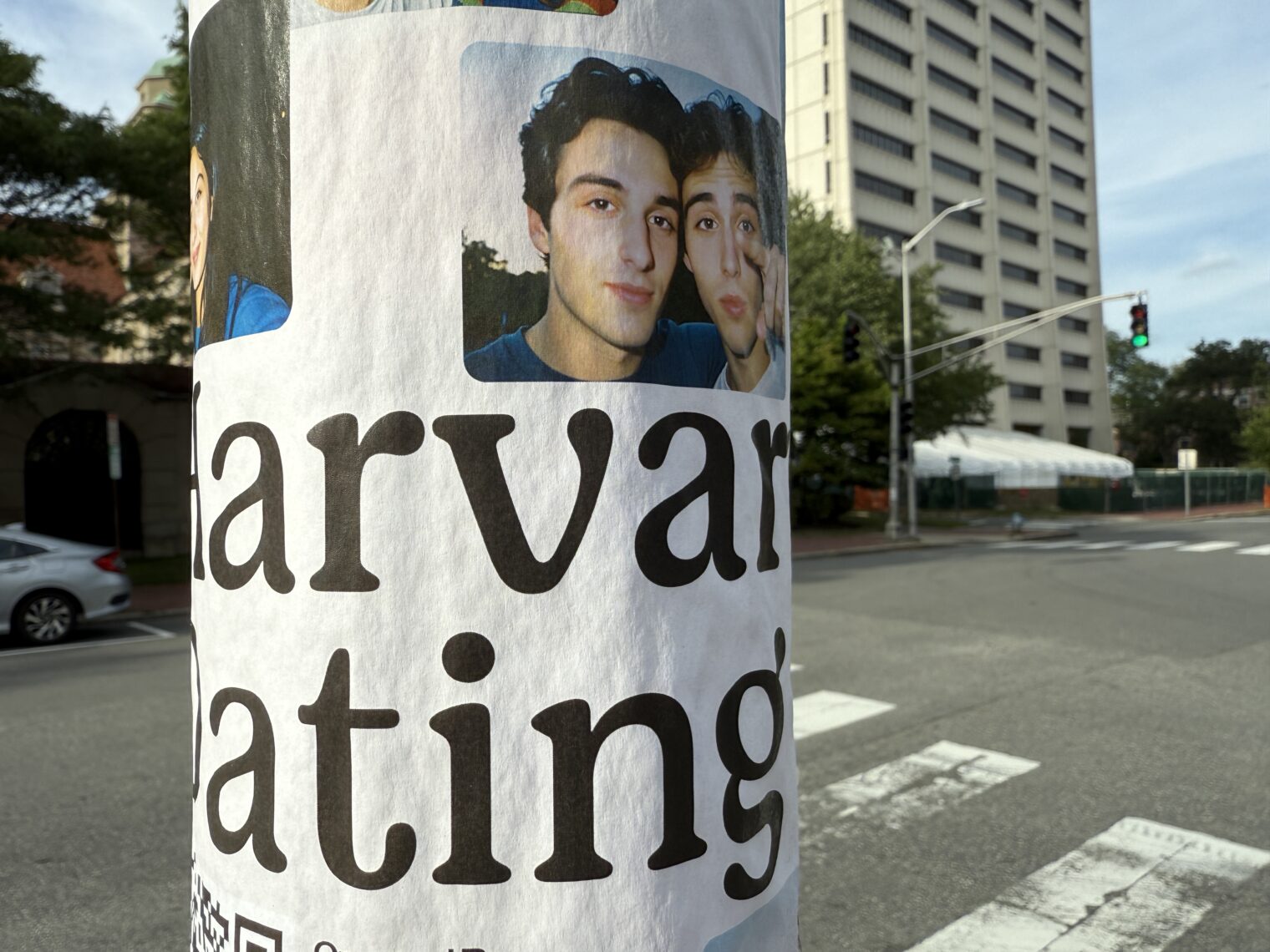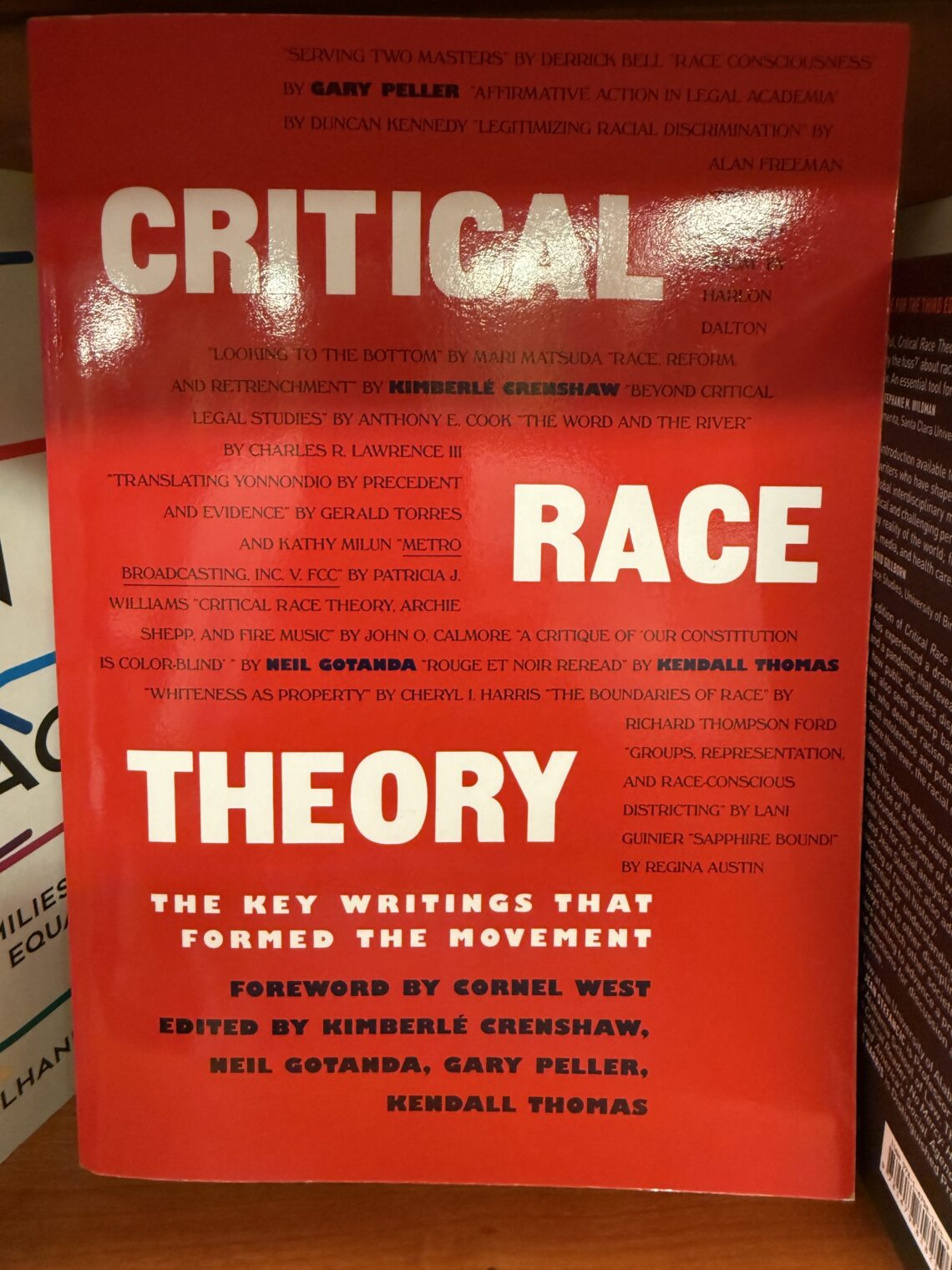Hollywood, Yale, and the United Nations adopt my downdraft paint booth classroom idea, five years later
Me, July 2020: Build downdraft paint booths for K-12 schools?
Why not a system for schools in which (a) each classroom has its own HVAC system, (b) there are 8-12 outlets in the ceiling, and (c) there are 8-12 exhaust outlets in the floor? For maximum safety, the system would have no recirculation.
Hollywood (and Racism League Yale) meets the United Nations, this month: “Ben Affleck and Jennifer Garner’s daughter Violet calls for post-COVID mask mandate in impassioned UN speech” (Page Six):
Ben Affleck and Jennifer Garner’s daughter Violet made an impassioned speech at the United Nations on Tuesday.
The 19-year-old called for post-COVID mask mandates — while wearing one of her own — to combat “unmitigated infection and reinfection.”
The teen also advocated for “clean air infrastructure that is so ubiquitous and so obviously necessary … that tomorrow’s children don’t even know why we need it.”
The Yale University student wishes to “recognize filtered air as a human right, as intuitively as we do filtered water.”
She continued, “It is a neglect of the highest order to look children in the eyes and say, ‘We knew how to protect you and we didn’t do it. We have access to a technology to prevent airborne disease … and we refuse to use it.”
It’s never too late to be proved right!
Related:
- Train Americans to use masks the way that surgeons do or restructure the physical environment? (May 28, 2020: “Take out half the shelves in a Target for example, so that people are naturally farther apart. With so many other retailers shutting down, there is plenty of mall space. … switch small retail to more like it was in the 18th century. Customer enters spacious front part of shop and asks for item. Shopkeeper goes into jammed back part shelves to retrieve requested item.”)














































